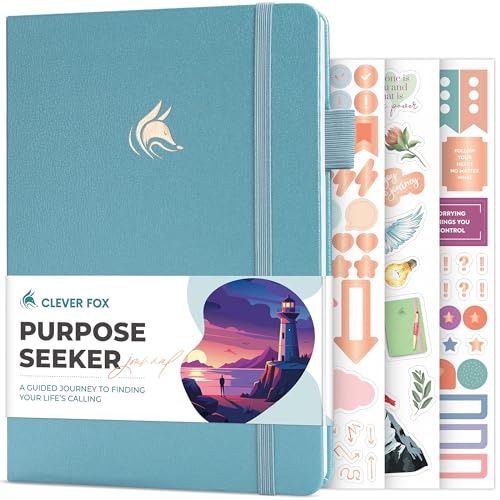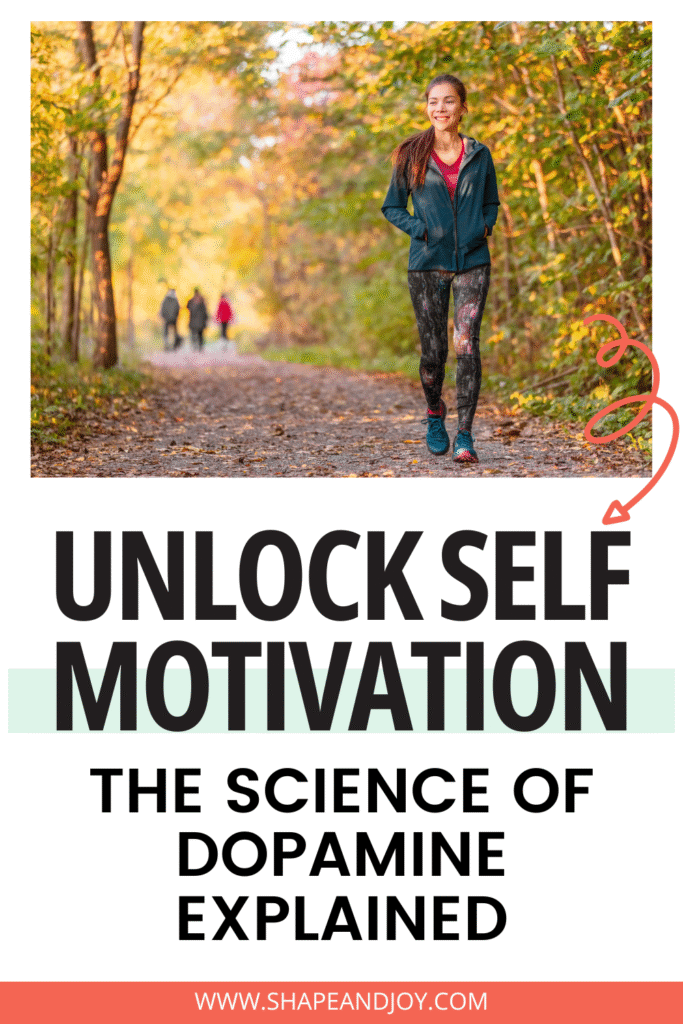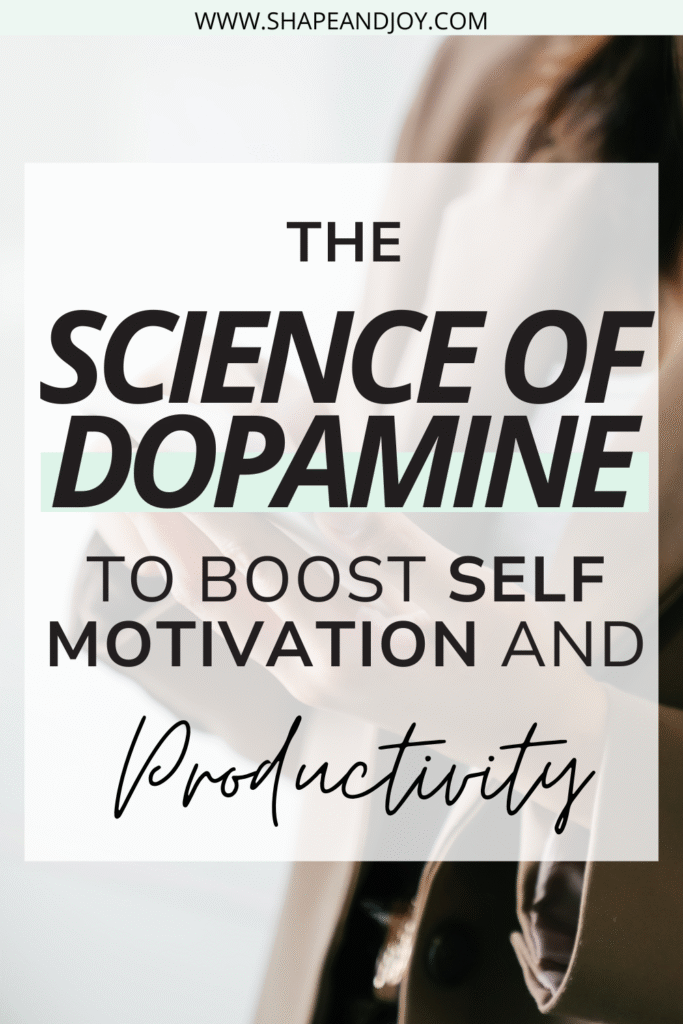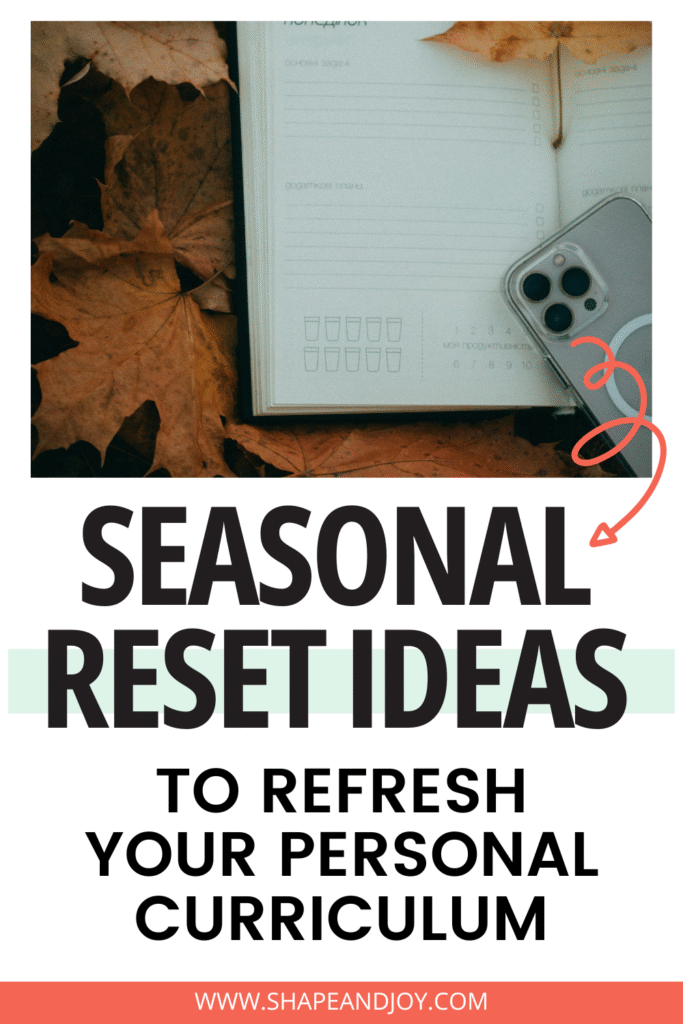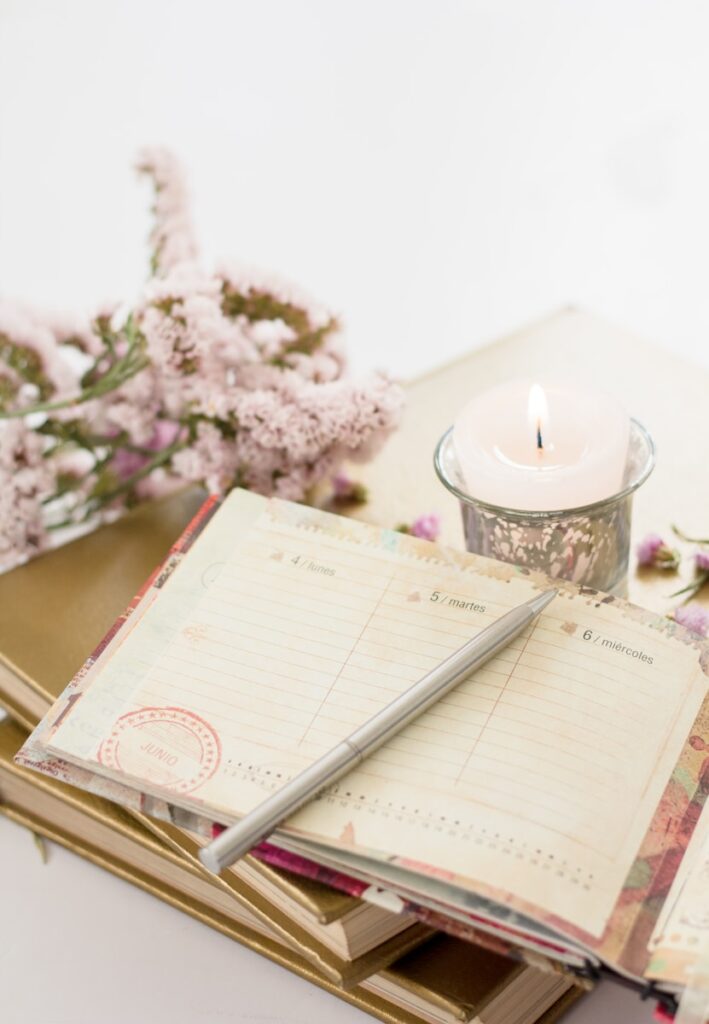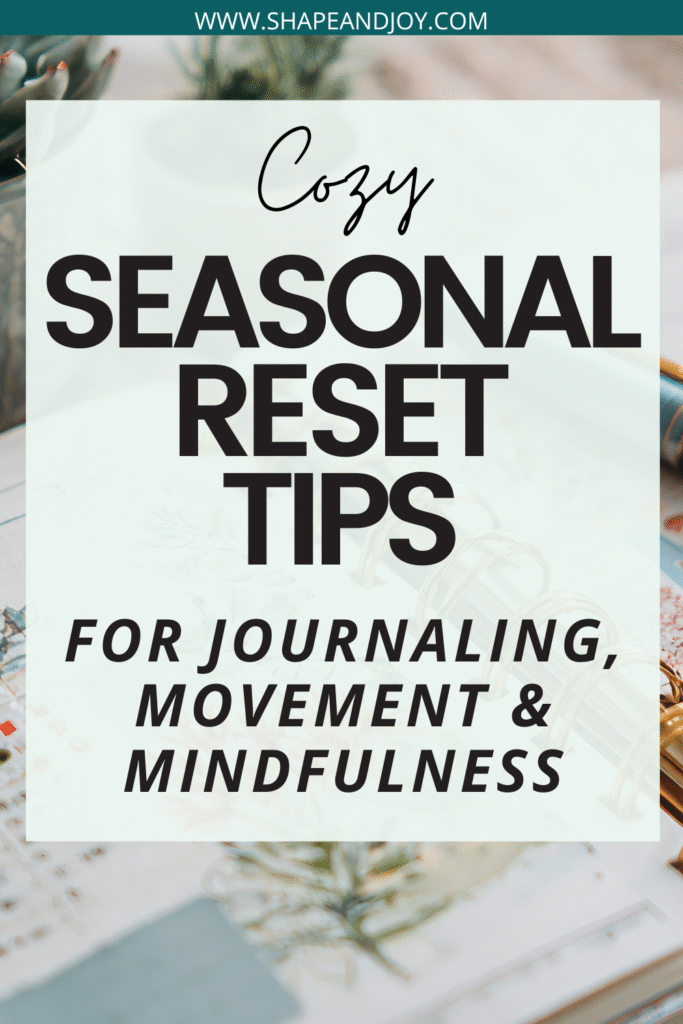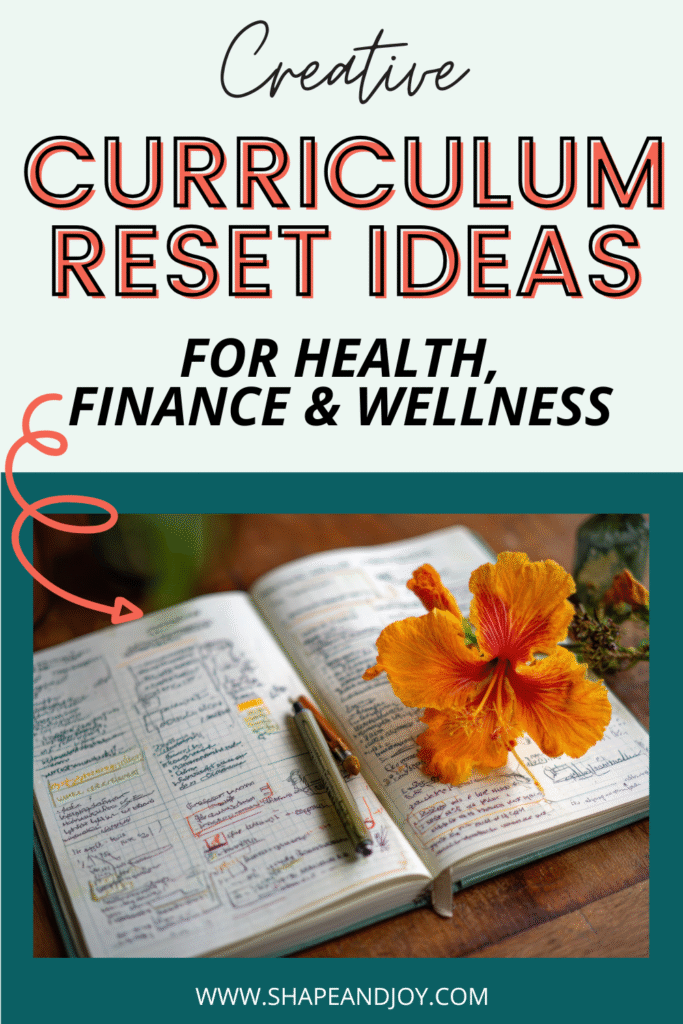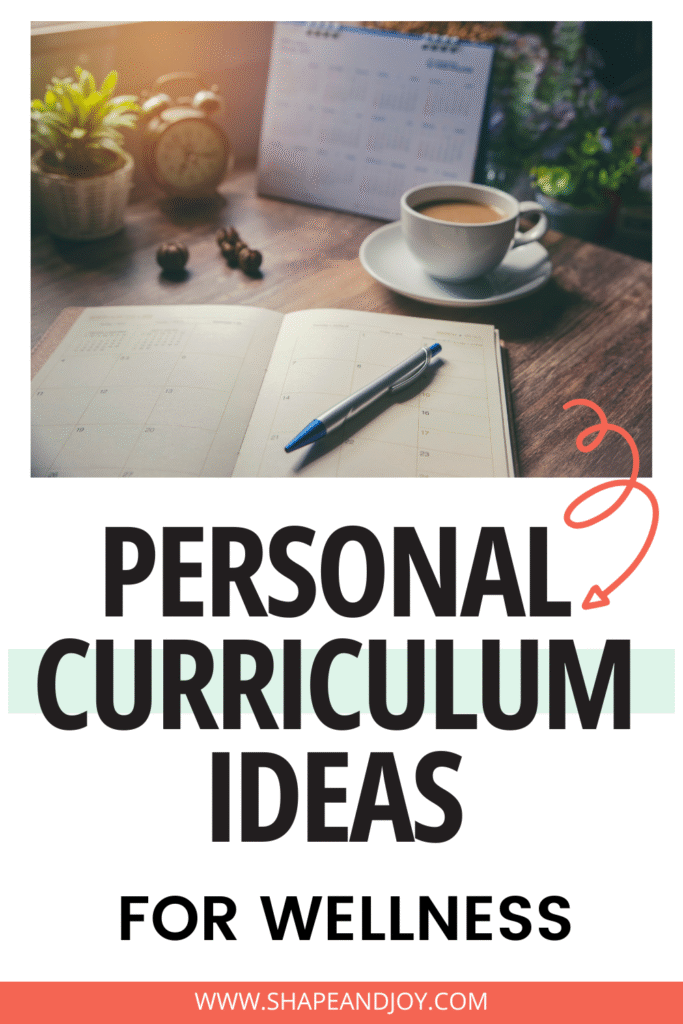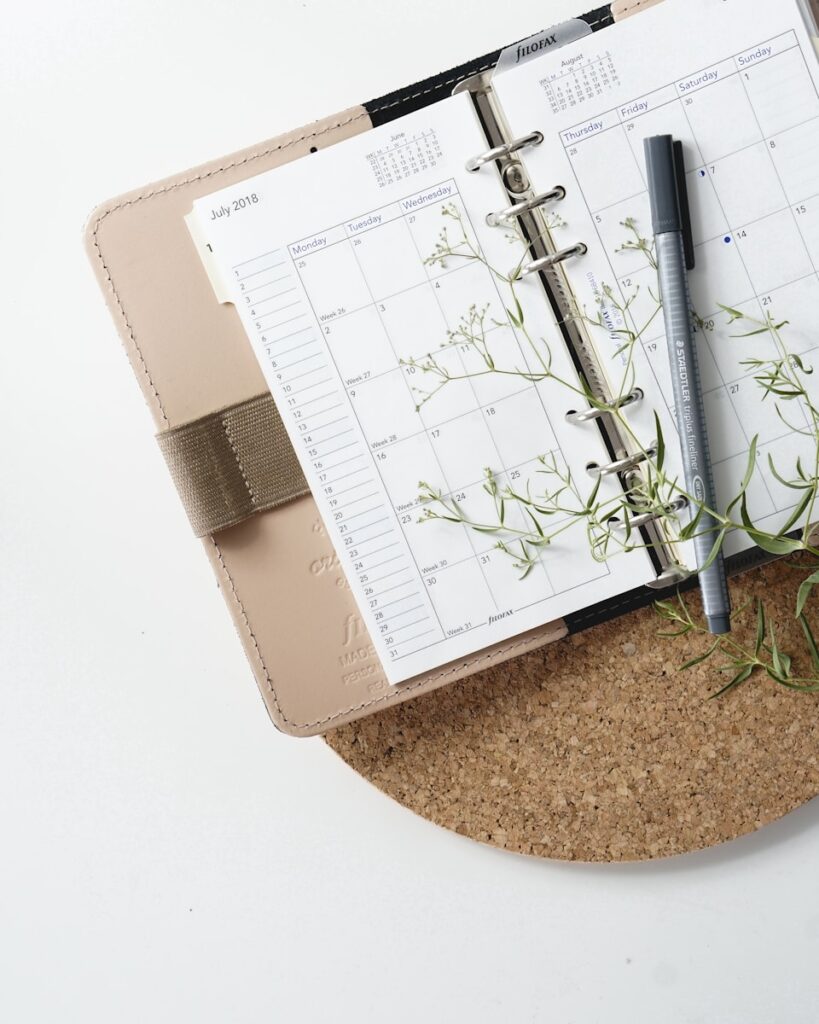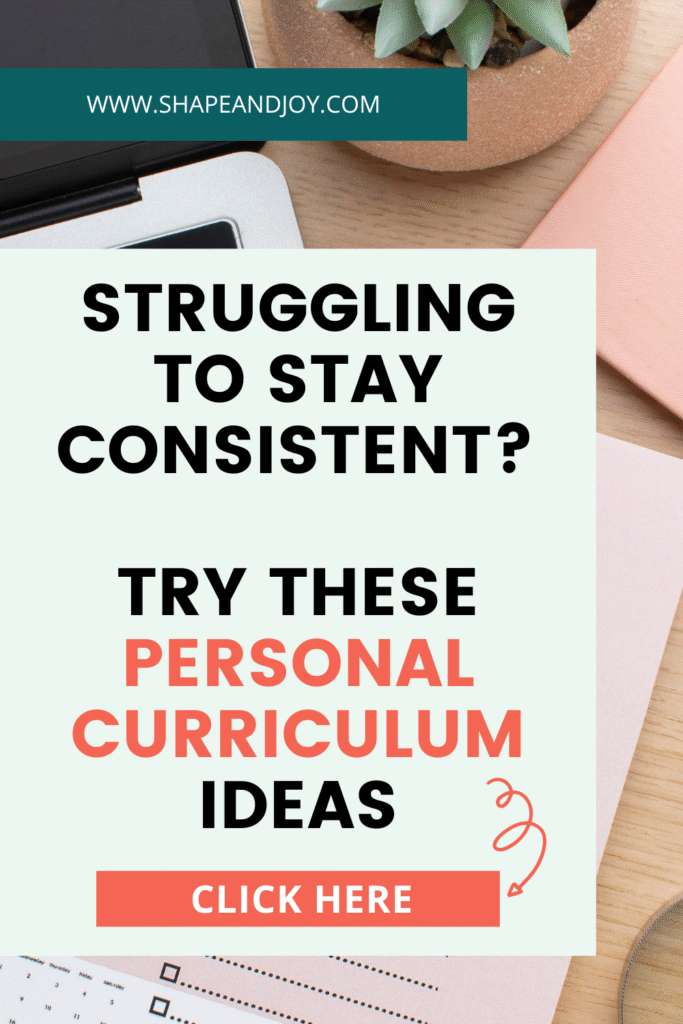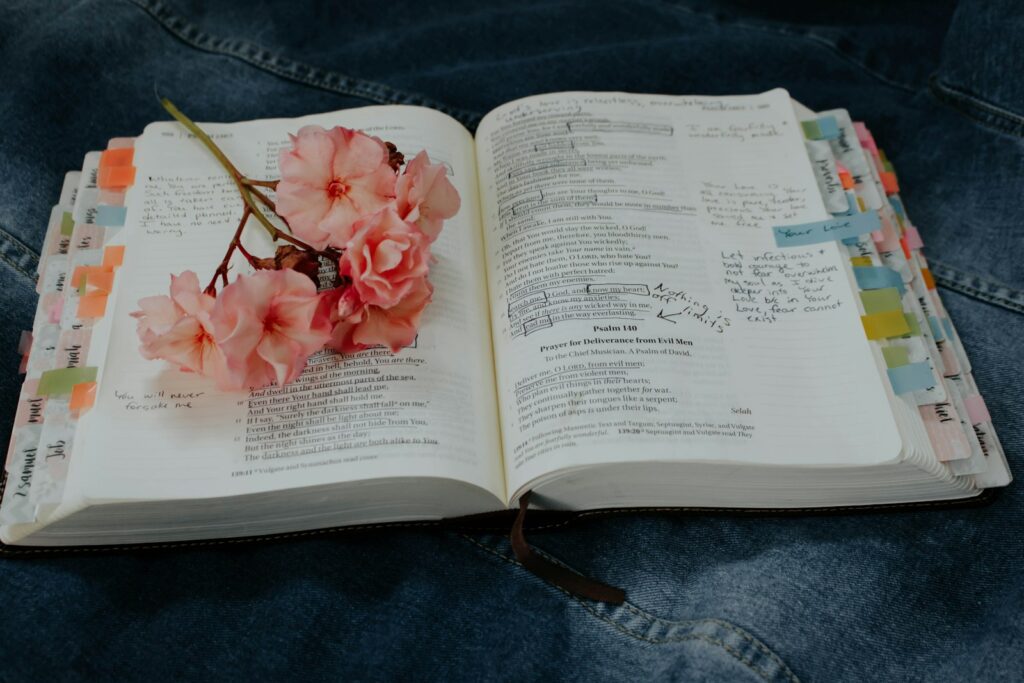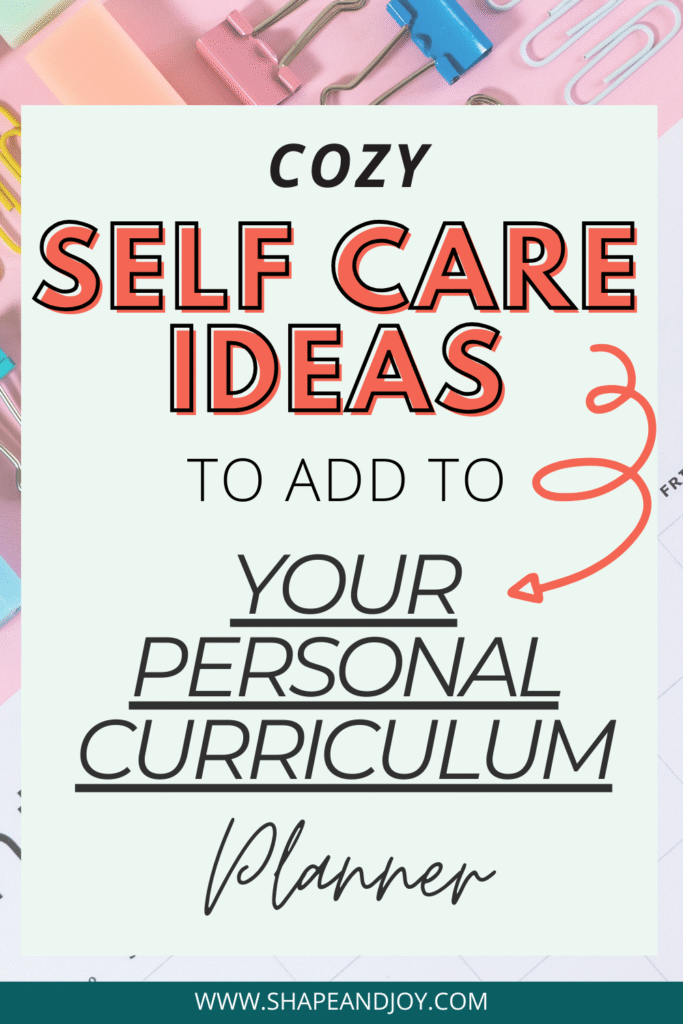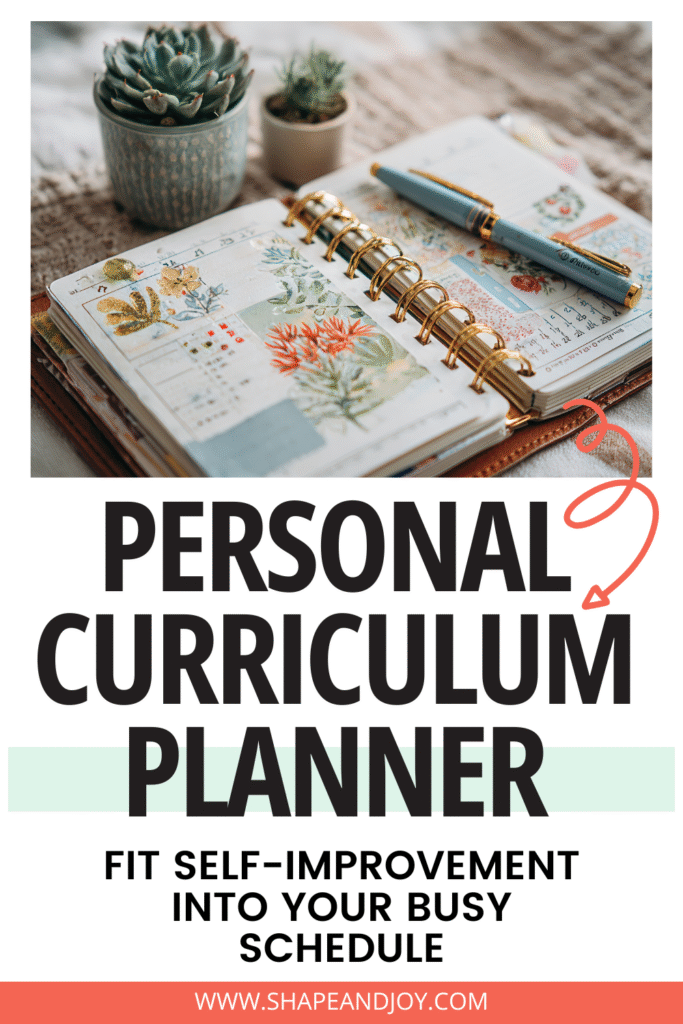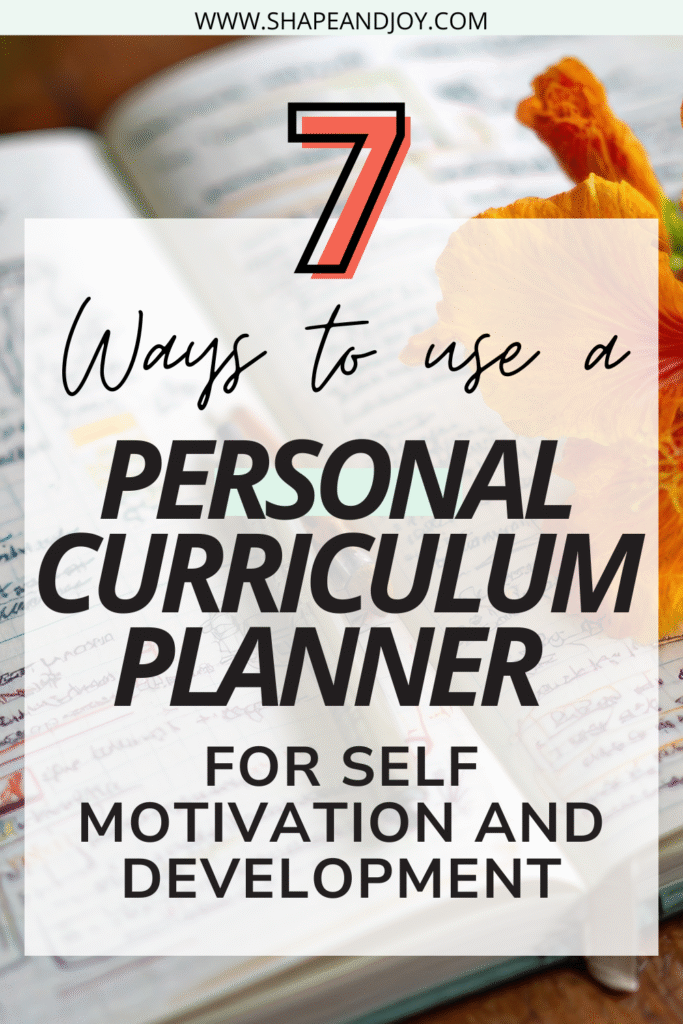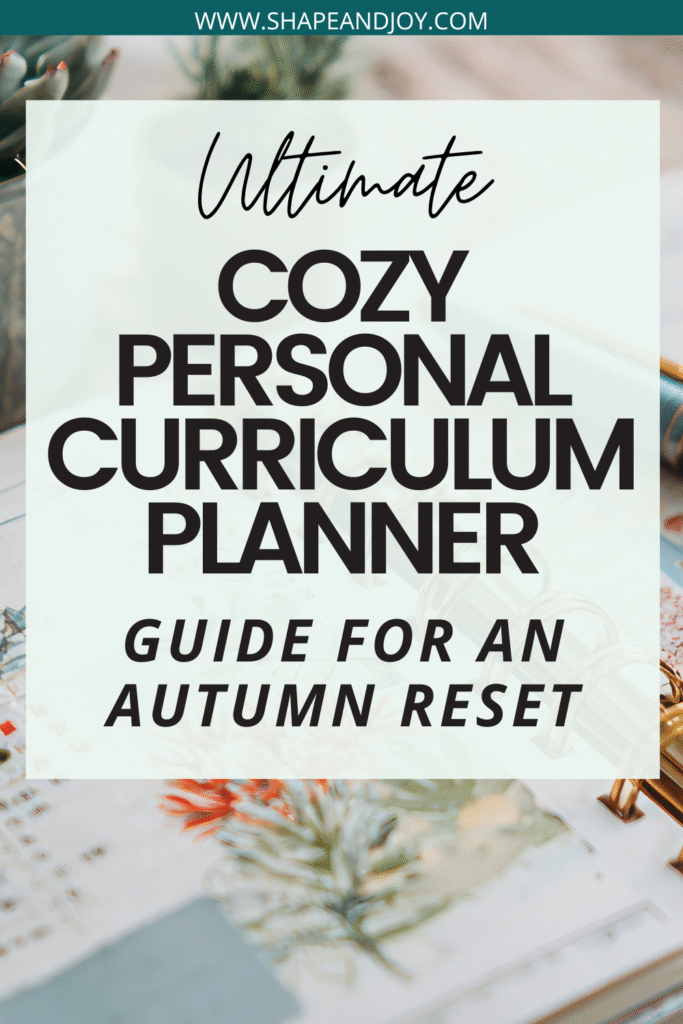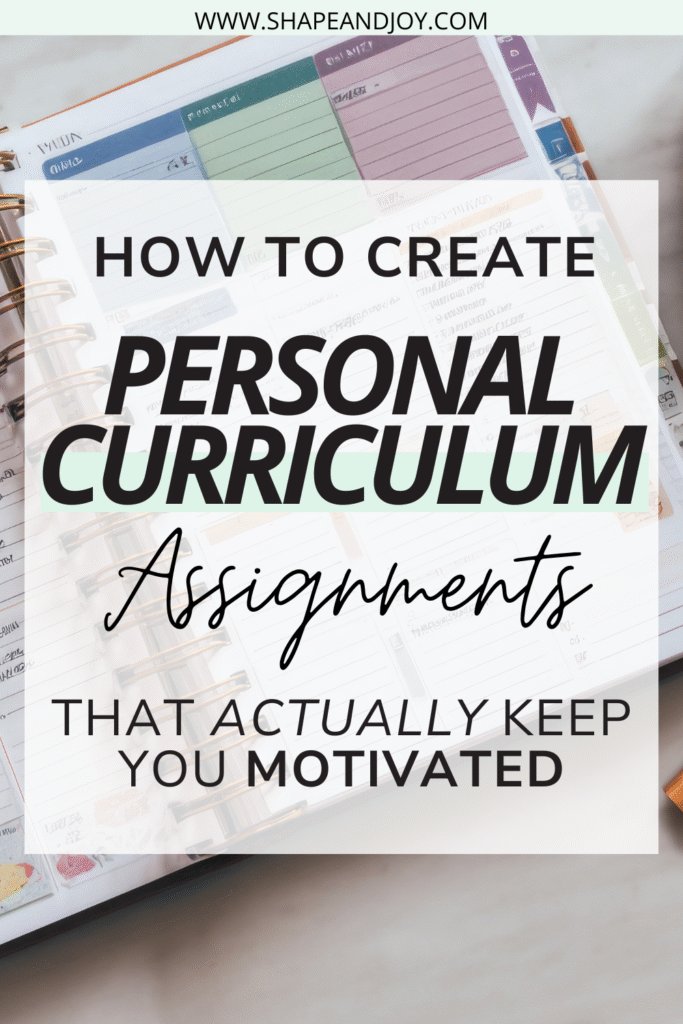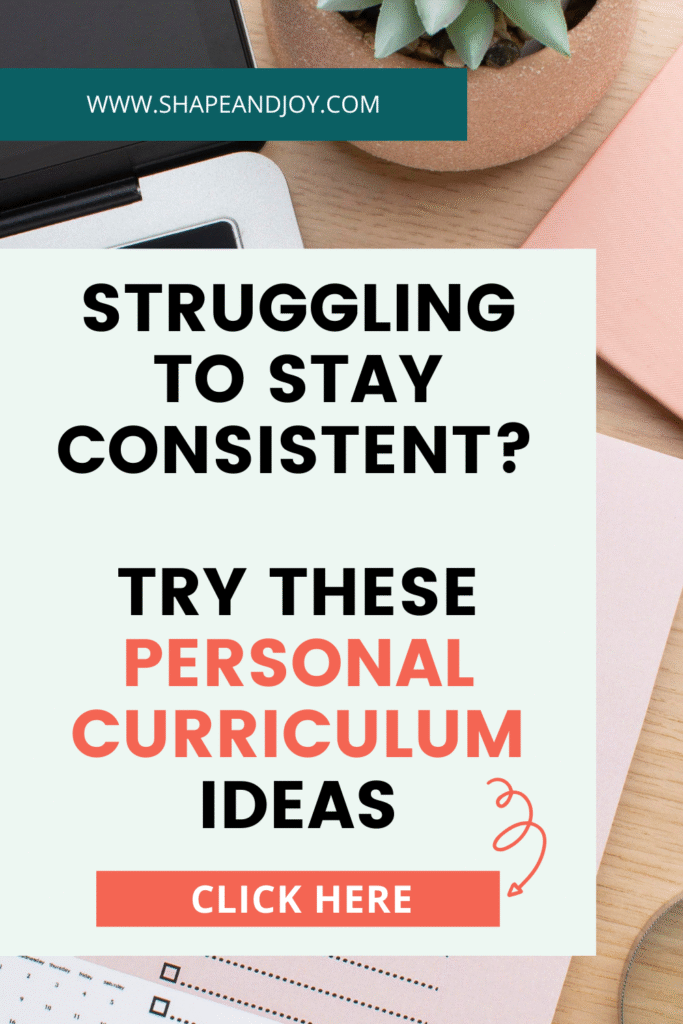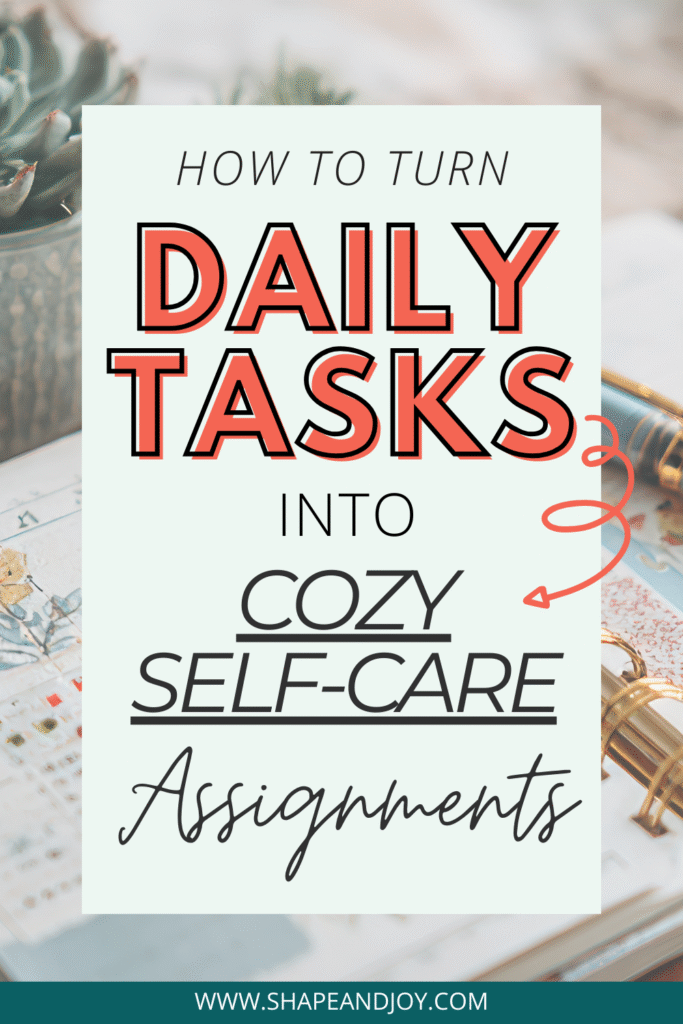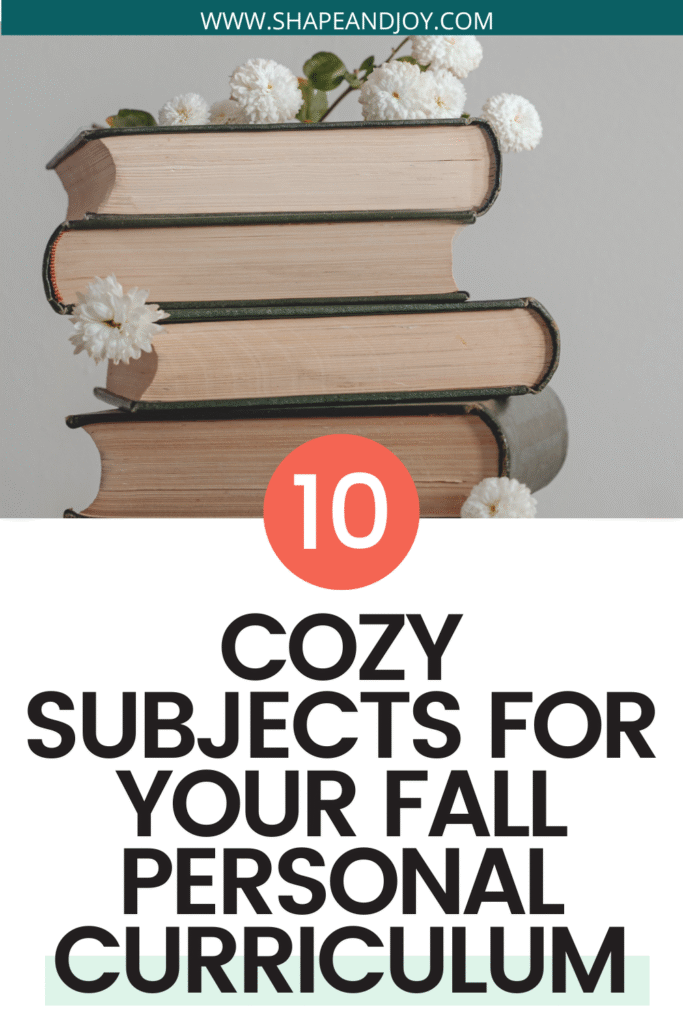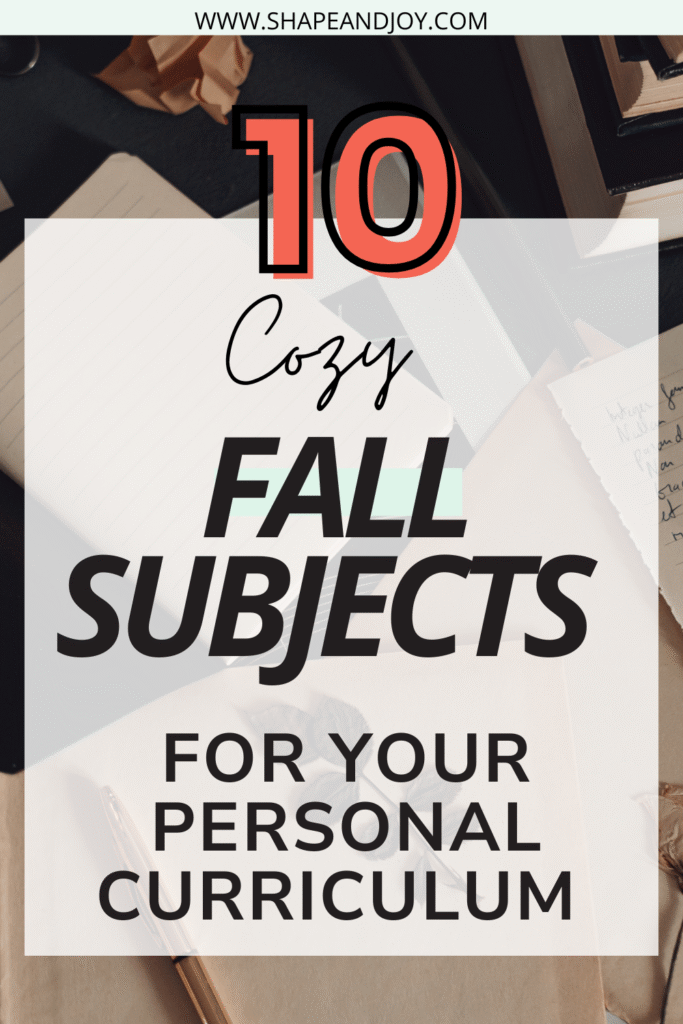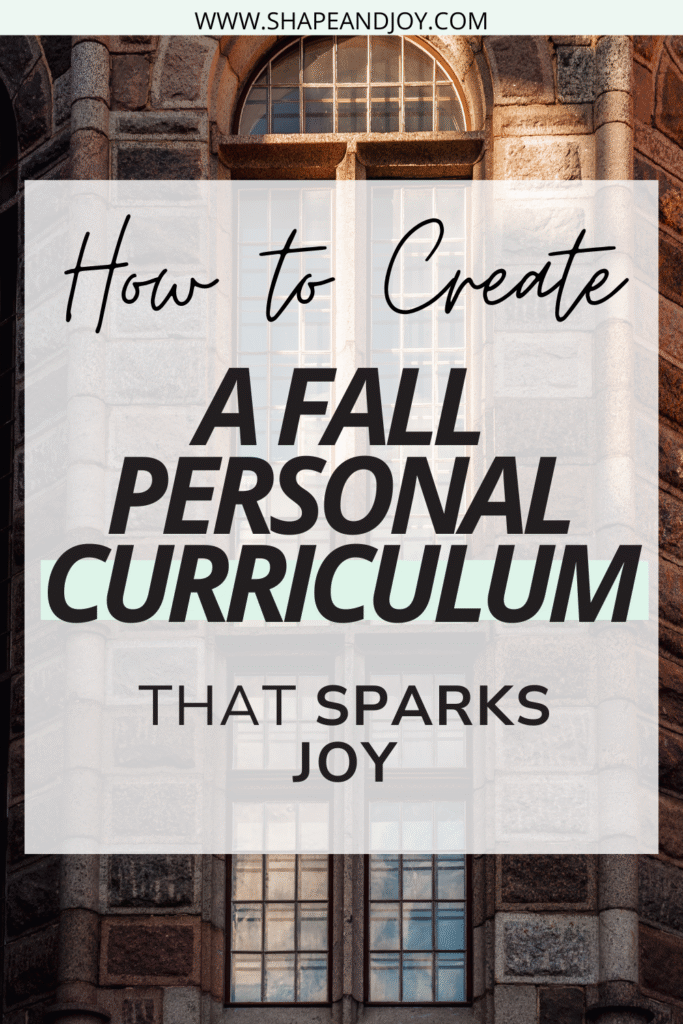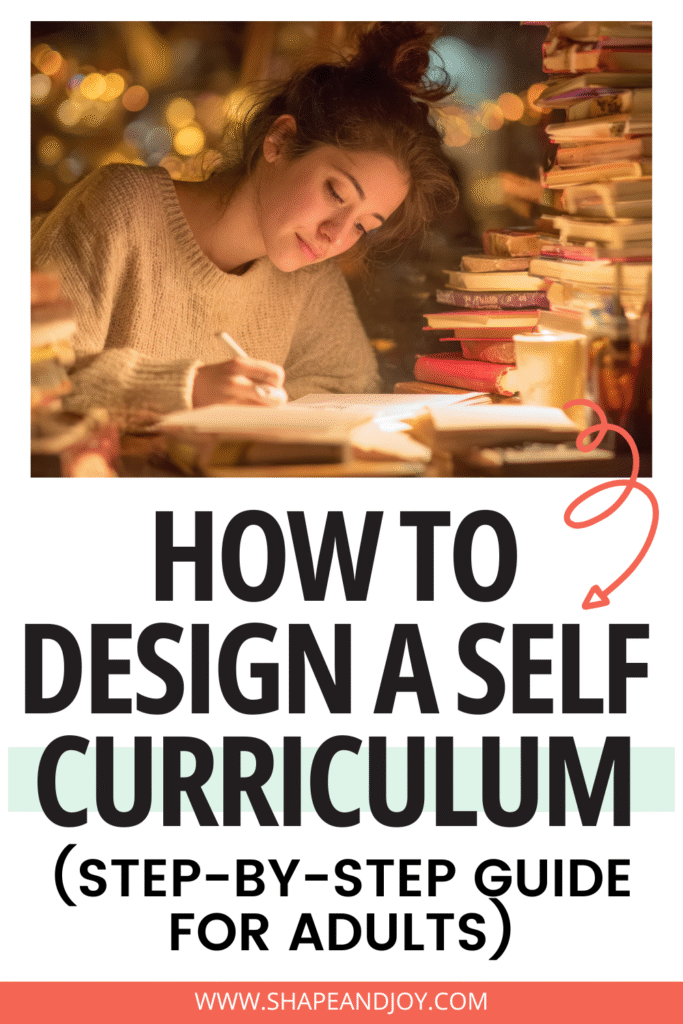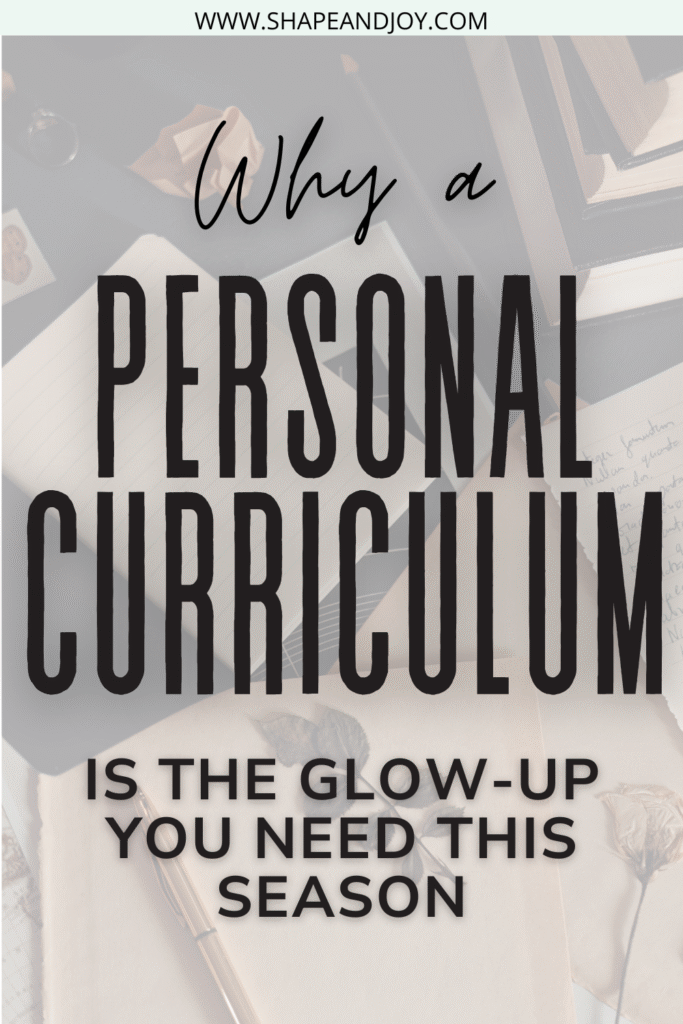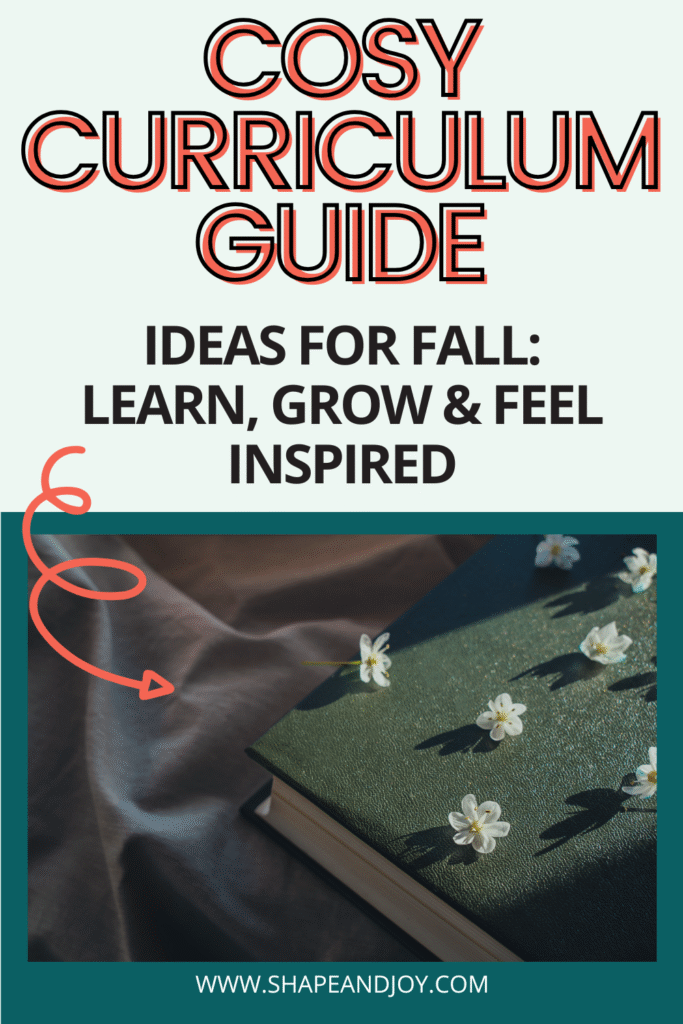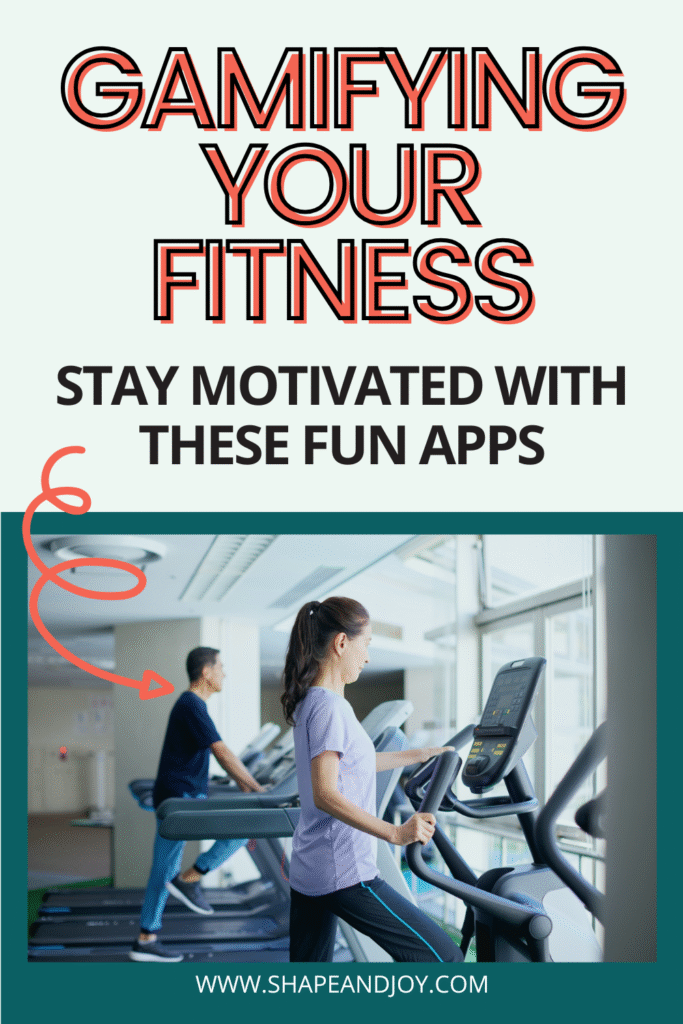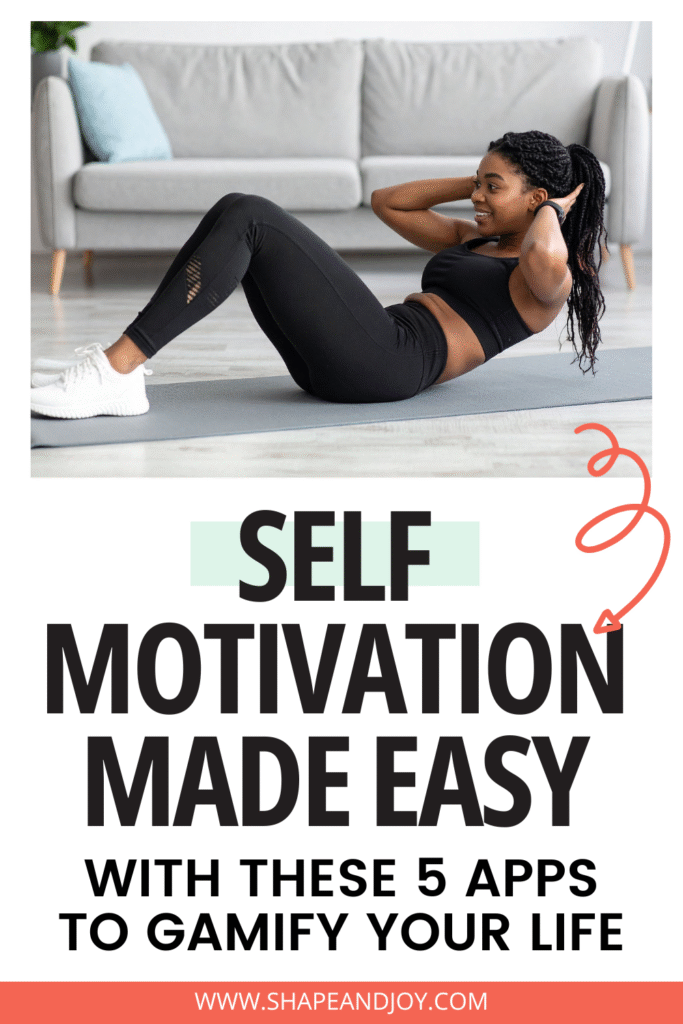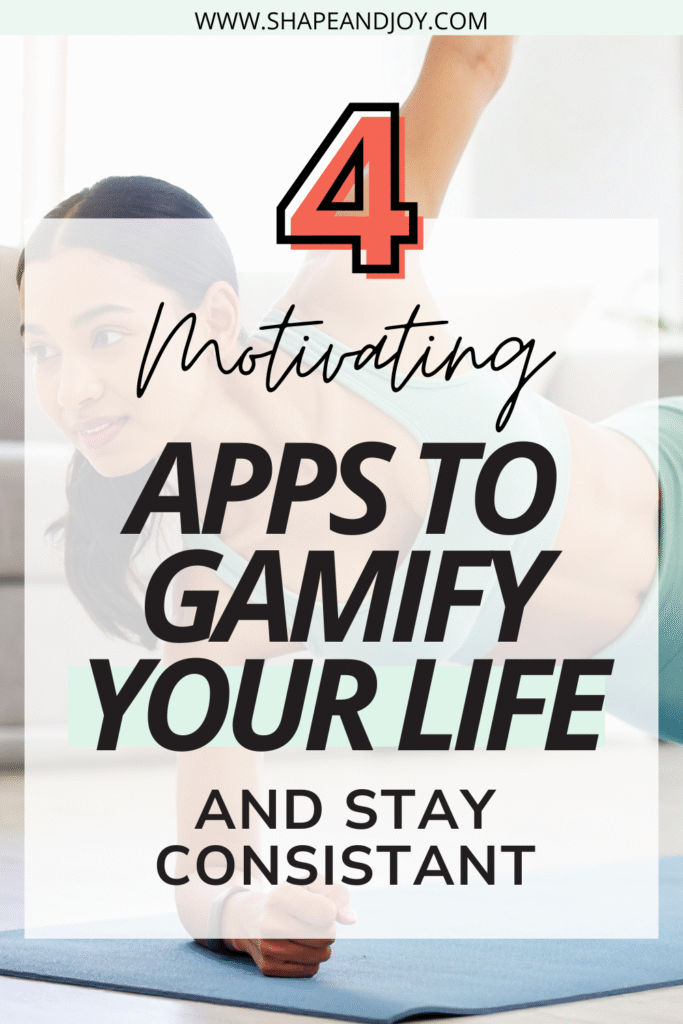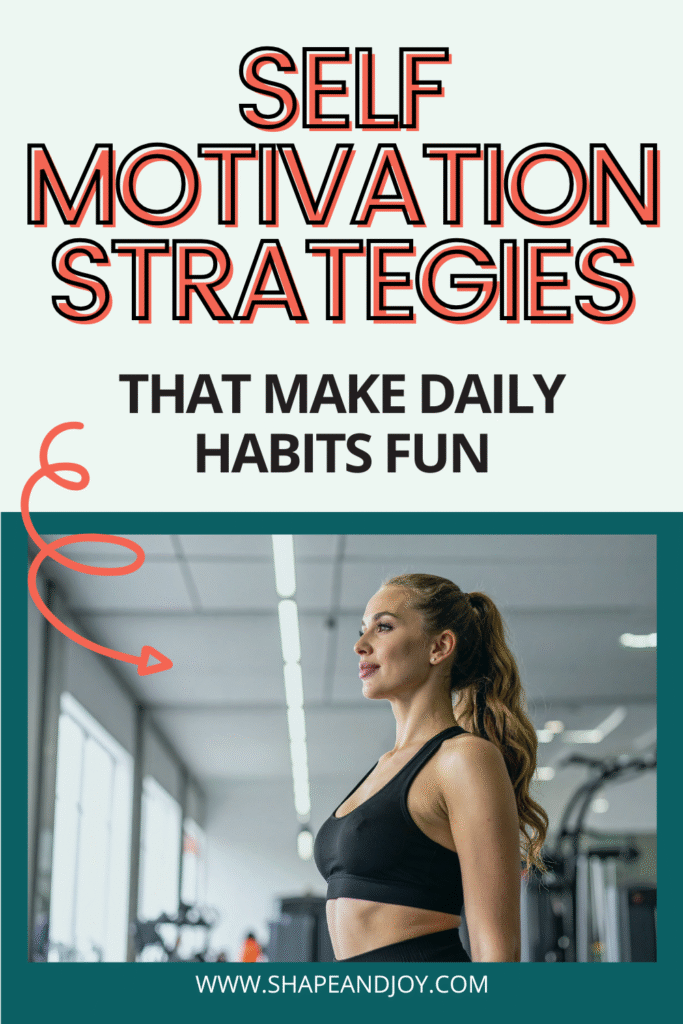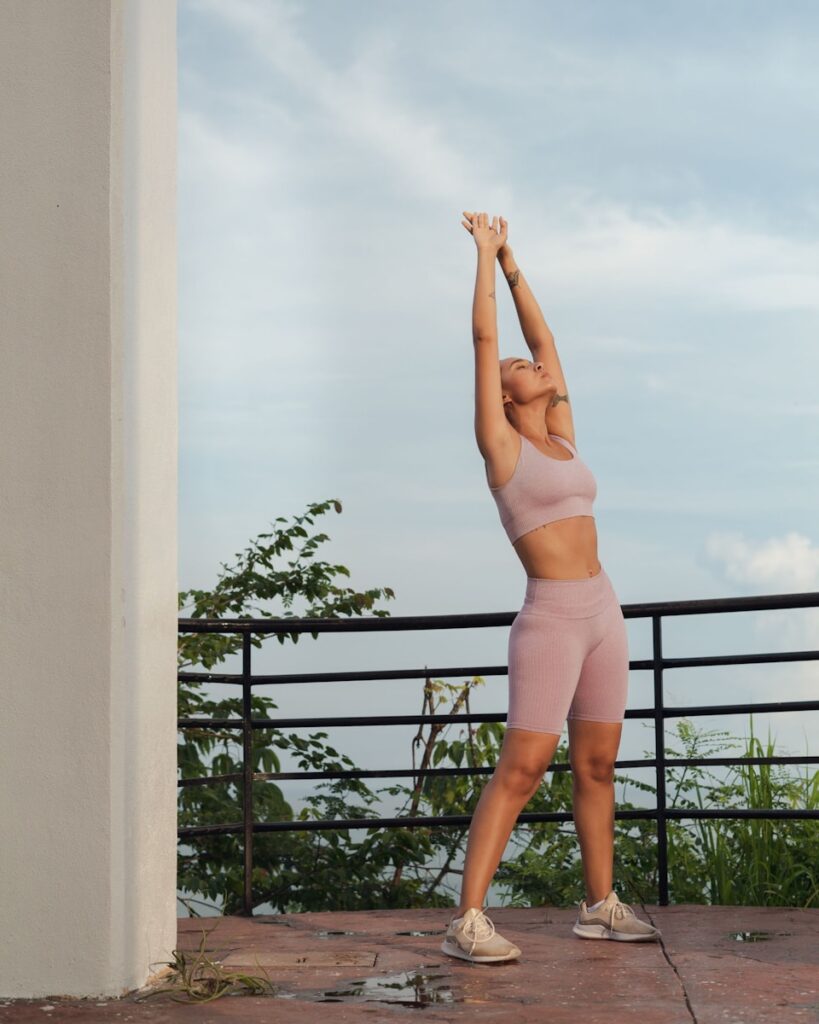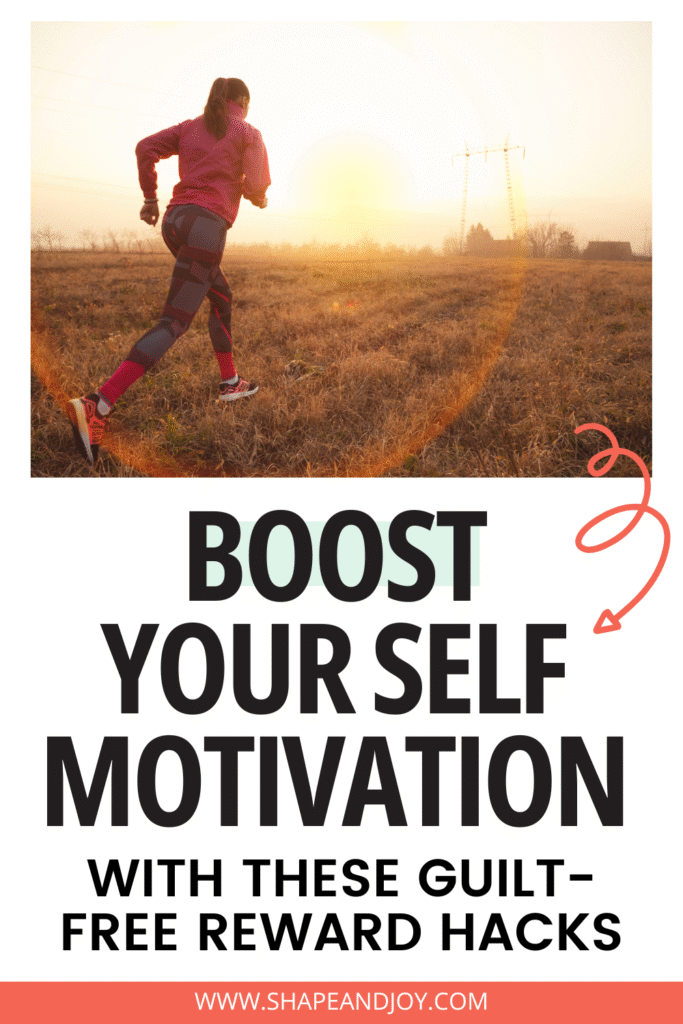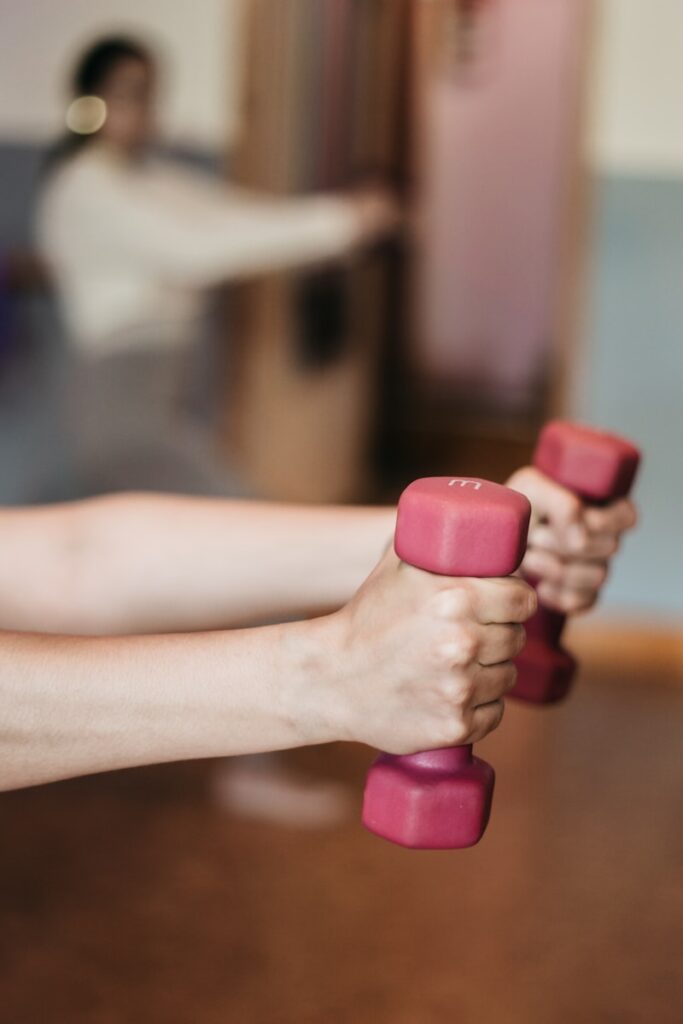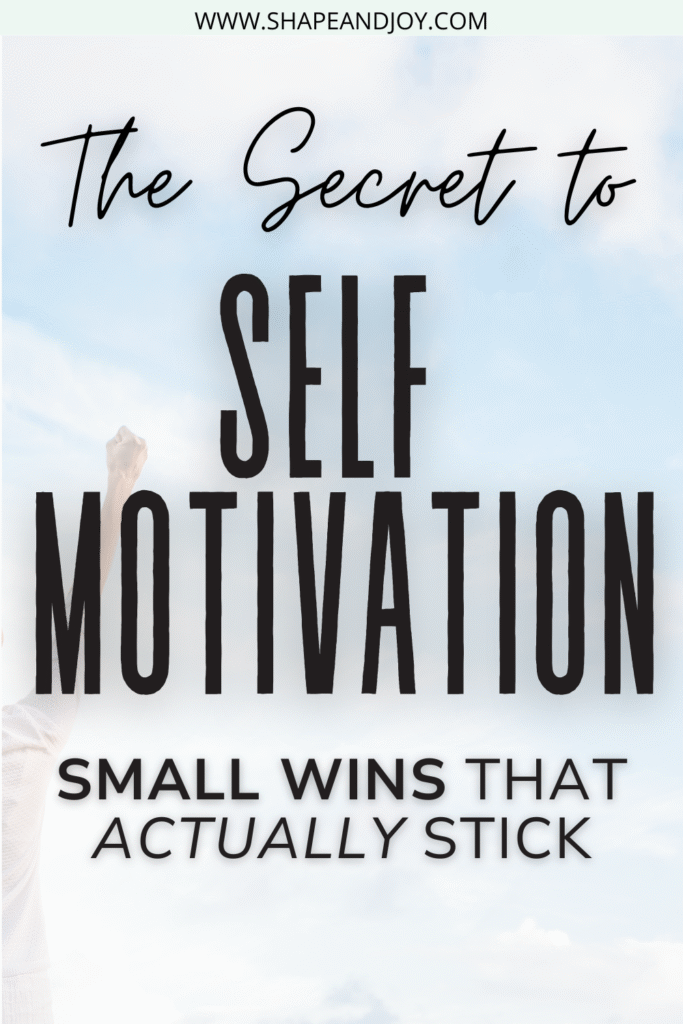9 Steps to Create Your 2026 Personal Growth Plan (That You’ll Actually Stick To)

Let’s be honest, how many times have you written down a list of goals on 1st January, only to forget about them by March? You’re not the problem, the plan is. Most people focus on big, shiny resolutions without ever building the structure to support them. That’s where a proper personal growth plan comes in.
This isn’t about hustling harder or reinventing yourself overnight. It’s about designing a life that feels intentional, balanced, and aligned with your values.
Whether your focus is self improvement, professional growth, or simply feeling more in control of your days, this plan will help you move from wishing to actually doing.
By the end of this post, you’ll know exactly how to create a personal growth plan that fits your lifestyle, with goals that motivate you, habits that last, and a clear roadmap for your 2026 glow-up.
So grab a cuppa (and maybe your favourite notebook), and let’s build your best year yet.
1. Reflect on Who You’ve Become (and What You’ve Learned)
Before you sprint into goal-setting mode, hit pause. A strong personal development plan starts with reflection. Ask yourself what you learned in 2025, about yourself, your habits, and your limits.
Think of this as your self assessment. What worked? What didn’t? And what do you want to take forward into 2026? This isn’t about judgement, it’s about clarity.
If you’ve already been building better habits, you’ll love 10 Tiny Habits to Start in the New Year That Actually Stick, it’s the perfect prep for this step.
2. Define Your Core Values for 2026
Your personal growth plan should reflect what actually matters to you, not what everyone else says should matter. Write down your top five values (think: freedom, balance, confidence, stability, creativity).
Every goal you set this year should ladder up to one of these values. It’s how you build a life that feels aligned, not forced.

3. Choose a Word (or Theme) for the Year
This is your anchor, the vibe guiding your decisions all year long. Maybe it’s “Consistency,” “Peace,” “Growth,” or “Courage.” When you’re stuck, come back to that word and ask, “Is this helping me live that theme?”
If you enjoyed setting intentions like this, check out 15 New Year Intention Ideas for a Fresh Start, it’s packed with ideas for meaningful yearly themes.
4. Create 3-5 Growth Pillars
Think of your personal growth plan as a table. Each pillar is a leg that keeps it steady. Focus on 3-5 key areas that represent your life as a whole, for example:
- Health & Energy
- Mindset & Self Development
- Career & Professional Growth
- Relationships & Connection
- Finances & Stability
This framework stops you from overloading one area while ignoring others. It’s balance, not burnout.
If your 2026 personal growth plan involves better sleep, calmer evenings, or just fewer frazzled mornings, the NEOM Wellbeing Pod is your new best friend. Add a few drops of their “Real Luxury” oil, hit the diffuser, and let your cortisol levels chill right out. It’s basically aromatherapy for your nervous system, ideal for a cosy, hygge life reset.
5. Set SMART Goals Using the IMPACT Framework
Let’s be honest, vague goals like “get organised” or “be healthier” sound great, but they rarely stick.
To make your personal growth plan truly effective, upgrade the tried-and-true SMART method (Specific, Measurable, Achievable, Relevant, Time-bound) with my IMPACT Goal Framework, the purpose-driven version that adds heart to the hustle.
Here’s how IMPACT goals work:
- Intentional: Root your goals in your bigger vision. Instead of “get fit,” try “build a consistent running routine to improve my overall health.”
- Measurable: Track your progress with milestones like “run 5k three times a week” – and celebrate each win.
- Purposeful: Align your goals with your values. Ask yourself why they matter and how they’ll make your life better.
- Achievable: Stretch yourself, but keep it realistic, progress beats perfection every time.
- Challenging: Choose goals that push you just beyond your comfort zone. Growth should excite you, not terrify you.
- Timely: Give yourself a clear timeline to maintain momentum.
For example: “Sleep early at least 4 nights a week to support my energy, mood, and lower cortisol levels.” It’s SMART, it’s IMPACTFUL, and it’s realistic, the holy trinity of sustainable self growth.
📌 Pin this for later! ⬇

6. Build Daily Habits That Support Your Growth
Your big goals mean nothing without the small, daily habits to back them up. The key is developing healthy habits that are easy enough to stick with even when life gets messy.
Start small: drink a glass of water before your morning coffee, stretch before bed, or spend five minutes journalling. Little steps, massive difference.
For even more simple but powerful ideas, check out 21 Life-Changing Habits Every Woman Should Try in 2026, it’s your go-to guide for sustainable routines.
For the dreamers who love a plan, the Clever Fox Purpose Seeker Journal helps you map your values, set SMART + IMPACT goals, and stay accountable without the overwhelm. It’s beautifully structured with prompts that keep you focused on your “why”, the perfect companion for your 2026 personal growth journey.
7. Design a Morning and Evening Routine That Reinforces Growth
A consistent new year routine helps anchor your day. Mornings are for clarity; evenings are for calm. Start your day with something that grounds you (like journalling or movement), and end it with something that restores you (like reading, reflection, or skincare).
It’s less about perfection and more about flow, routines that make your life feel good, not just look good.
If you’re after structure ideas, 7 Morning & Evening Routines to Start the New Year Right will walk you through it step by step.
8. Track Progress & Adjust Without Guilt
Here’s the thing, your personal growth plan should evolve with you. Review it monthly. What’s working? What’s draining you? What can you tweak to make it more sustainable?
Growth isn’t a straight line. Be kind to yourself when you miss a day or change direction. That flexibility is part of self improvement.

9. Visualise the Woman You’re Becoming
Close your eyes and imagine her, the 2026 version of you. How does she move through her day? How does she talk to herself? What feels different about her life?
Write her a little “Dear Self” letter. It’s a powerful personal growth strategy to connect intention with emotion — the true driver of change.
Once you’re ready to bring that vision to life, read How to Make 2026 Your Year: The Ultimate New Year Reset Checklist, it’s your final step in turning this plan into action.
Read These Next
- 15 New Year Intention Ideas for a Fresh Start
- 10 Tiny Habits to Start in the New Year That Actually Stick
- 21 Life-Changing Habits Every Woman Should Try in 2026
- How to Make 2026 Your Year: The Ultimate New Year Reset Checklist
Conclusion
Your personal growth plan isn’t about doing more; it’s about becoming more intentional. Reflect, reset, and keep taking small steps toward your best self. Remember, consistency builds confidence. You don’t need a perfect plan, just a purposeful one.
Next Steps
“Growth doesn’t happen by accident, it happens by intention.”
Read This Next: 21 Life-Changing Habits Every Woman Should Try in 2026
📌 Pin this for later! ⬇



